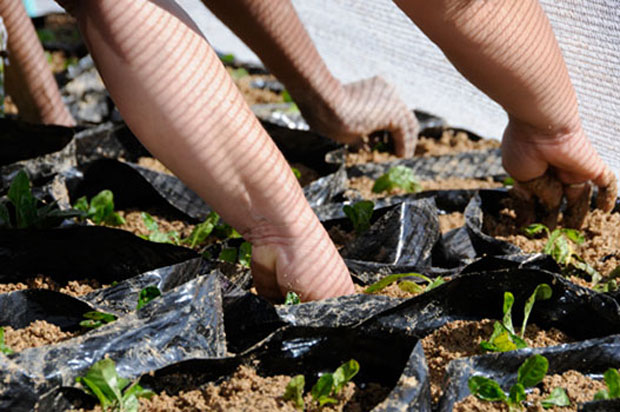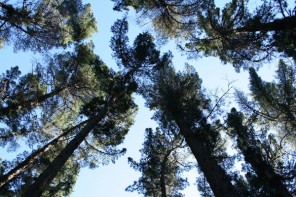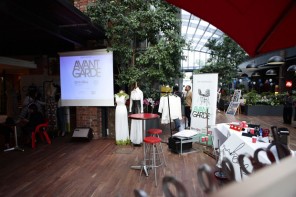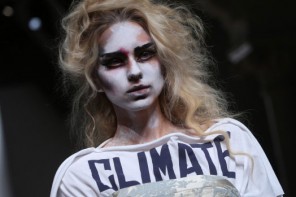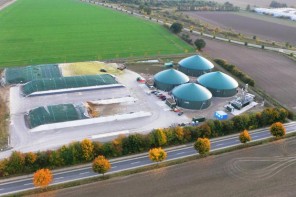Words by: Janine Erasmus
Green banking group Nedbank, a leader in sustainable business practices, has opened its new green star-rated regional head office in Pretoria.
The building is located in Menlyn Maine, the country’s first mixed-use green precinct situated in the thriving suburb of Menlyn Park, east of the Pretoria CBD.
While this eco-friendly district comprises office space primarily, there is also provision for hotel and residential properties as well as shopping and dining areas, with green spaces throughout. It’s one of a small number of green cities around the world endorsed for development by the Clinton Climate Initiative.
The R350-million Nedbank building is the first to open in Menlyn Maine. Towards the end of 2011 it received a four-star rating from the Green Building Council of South Africa, the body that oversees the transformation of the country’s building sector into a more sustainable industry.
The Green Star rating tools are based on the Australian Green Building Council system, which, although it’s not the only system in existence, was the best fit for the local situation.
To date, the council has awarded 19 Green Star certifications to 17 buildings around the country. A further 28 buildings are awaiting certification in 2012.
Sustainable business practices
This is the banking giant’s third four-star green building, after its Phase Two head office in Johannesburg and its Ridgeside office development in Umhlanga, north of Durban. Nedbank achieved carbon neutrality in July 2010, the first bank in Africa to reach this milestone.
“We’ve refined the green techniques we used in Phase Two,” said Nedbank CEO Mike Brown, “and everything in the building, from the finishes to the furniture, is recyclable, or at least reusable.”
Speaking at the opening, green campaigner and long-time Nedbank client Valli Moosa described the office building as an example for others to follow.
“In the not too distance future every building will have to be like this one,” he said. “The legislation is coming.”
A qualified mathematician, Moosa enjoyed a successful political career but is also well known as a steadfast environmental champion. A former president of the International Union for the Conservation of Nature, he’s currently the chairperson of the World Wide Fund for Nature, South Africa.
Nedbank believes that happier, healthier staff makes for a more productive working environment, and the bank’s 16 rental premises scattered across Pretoria have now consolidated into one building, which will not only lower its carbon footprint but will result in more streamlined and efficient business practices.
Over 1 000 employees from the private, individual and business banking, capital, corporate and wealth divisions will occupy the new building, with the last group due to move in towards the end of July.
The higher-than-normal cost of the building will be recouped through lower maintenance and operational costs, said Deon Minnie, Nedbank’s head of workspace planning. Once the final group of employees moved in, the process of establishing a benchmark, against which costs could be measured in future, would begin, he added.
Green in colour, green in deed
The Nedbank building features some striking eco-friendly elements across its 16 000-odd square metres of floor space, spread over four basement levels and five above-ground floors.
In the parking garage, 32 bays are reserved for hybrid vehicles or car pools, giving these fuel-efficient transport systems preferential placing. The same number of bays is reserved for motorised two-wheelers while cyclists have even more facilities. There are 53 bicycle parking frames in the basement, with male and female showers close by. Outside, there are 17 bicycle frames for clients.
“The cycling facilities are based on the population of the building,” explained Gerhard Boer of Boogertman and Partners, the architects responsible for the building’s conception. “Use of cycles is strongly encouraged here.”
Also in the basement are a rainwater filtering system, 100 000 litres of water storage for the fire system, and a number of thermal energy storage tanks, which collect chilled water during off-peak hours and help to reduce the load on the rooftop air-conditioning plant during busy periods.
The rainwater filters purify collected water that descends to the basement via gravity and is then pumped to storage tanks on the roof, said Boer. Two 10 000l tanks hold water for the toilets and irrigation respectively, and a 25 000l tank which holds municipal water is used for normal hygiene and consumption.
Moving up, the wooden floors and the staircases inside the building are made from bamboo, a highly sustainable grass that grows quickly enough to replenish itself without causing a shortage of material.
But even before entering, the presence of a 17m vertical garden by the main entrance indicates the building’s uniqueness. Covering over 300 square metres, it supports 14 different plants and was planted to the specifications of a landscape architect. The garden is bisected by the wall, so that half of it is inside and half outside. Water is introduced at the top, trickles down naturally and is then taken to the top again.
In the office spaces, recycle points on each floor minimise wastage of plastics, tins and paper.
“We took away the office dustbins,” said Minnie, “to encourage people to get into the habit of recycling, and to get them moving as they head to the bins and back to their desks.”
Material is processed in a dedicated recycling plant, also located in the basement.
Other features include recycled plastic carpets with a grassy look and feel in recreational areas, intelligent lighting that switches on when a room is entered and adjusts according to the brightness of external light, and air quality monitoring systems that automatically deliver fresh air without resorting to mechanical air conditioning.

